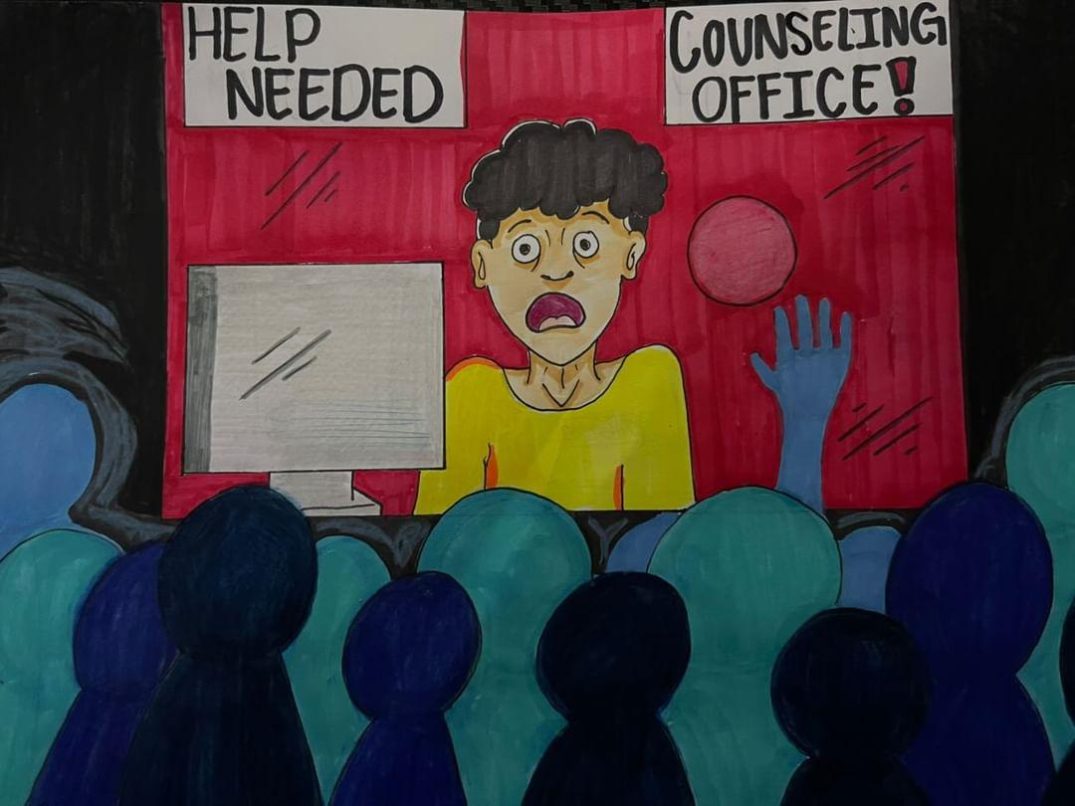Immigration in the United States is not a new concept. For the past 500 years, people have come from all over the world, making this country a kaleidoscope of cultures.
Still, a culture clash remains among the so-called “Americans” and the diverse people from around the world. In a midst of cultural conflict, discrimination has surged toward immigrants, especially Latino immigrants.
The American government seems eager to establish mediums in which to find Latino immigrants and deport them. So what’s the deal; why are they still here?
If the government really wanted to find these immigrants they could; they have the money and the means to, but they know that the contribution of Latino immigrants to the American economy is significant.
In a United States studies article, Jones-Correa of Cornell University pointed out that remittances of Latino immigrants to family and communities left behind accounted for nearly $30 billion in 2003, a figure that represents only 4.5 percent of Latino income in the United States.
People who oppose Latino immigrants’ residence in the United States often argue that these Latino immigrants conform to underclass living and fail to learn English and to earn advanced degrees.
At the same time, these people vote to eliminate bilingual education in schools and affirmative action programs.
Latino immigrants are scolded for working too hard and thereby taking jobs away from native-born Americans, if there were no immigrants to obstruct eligibility for native-born Americans, no one would take these jobs.
Because of their circumstances, Latino immigrants are often open to take low-paying jobs that require hard labor. They may be laborious, low-paying jobs, but they want these jobs.
Racial and ethnic differences should be accepted and maintained to create a stronger pluralistic society. The hundreds of cultures already existing in this country have enriched people’s exposure to non-western foods, literature and art. It is a country with a diversity like no other.
The truth is that if every single immigrant, not necessarily Latino, were to be kicked out of the country, the only people that would remain would be those descendants of American Indians; if you look into history, they are the true Americans.
The rest of us are all immigrants, yes, even the so-called “Americans.” It was the Europeans who arrived in the 16th century and moved out the American Indians.
As a country that was established under principles representing opportunity, success and freedom, it has often failed to put these principles into practice. The Southern whites, for example, who welcomed and supported the Declaration of Independence, made a living through the labor of black slaves.
My theory is that as a county that represented opportunity, success and freedom from the very beginning, it was destined to bring people from around the world to endure the American dream.
In 1980, Jesse de la Cruz, a Mexican-American woman who had fought for years to improve conditions for California’s migrant workers, said she had lived her life through a philosophy that helped her stay strong: “Is America progressing toward the better? …
We’re the ones that are gonna do it. We have to keep on struggling … With us, there’s a saying: La esperanza muere al ultimo. Hope dies last. You can’t lose hope. If you lose hope, that’s losing everything.”






